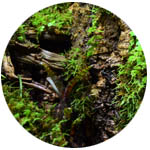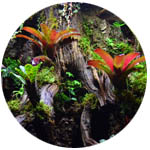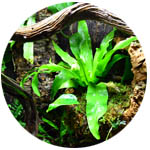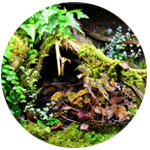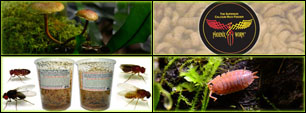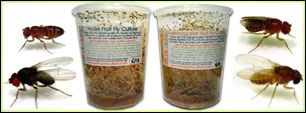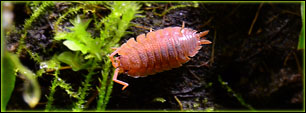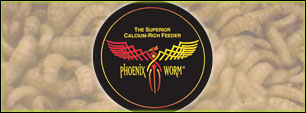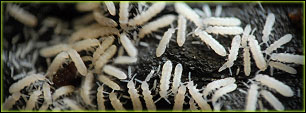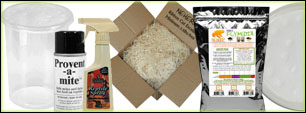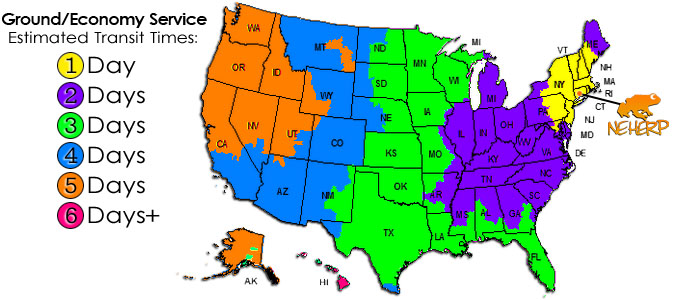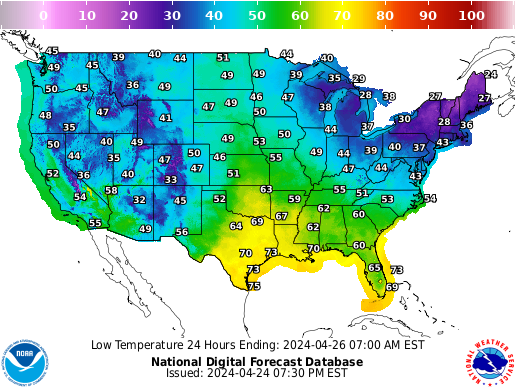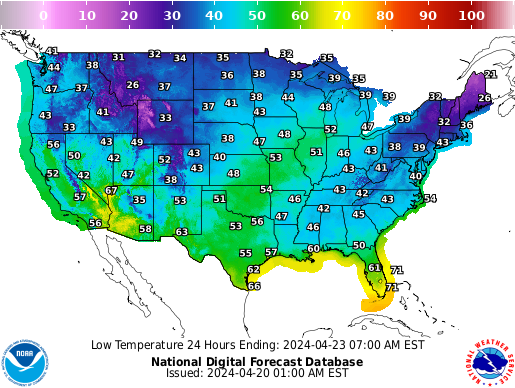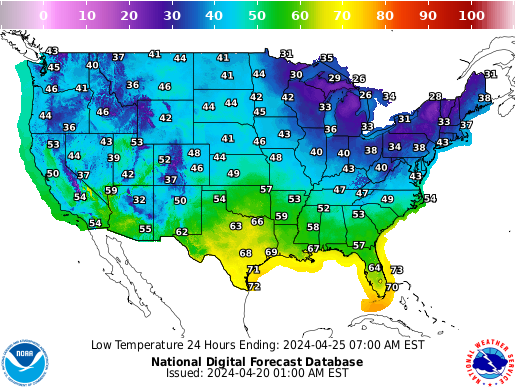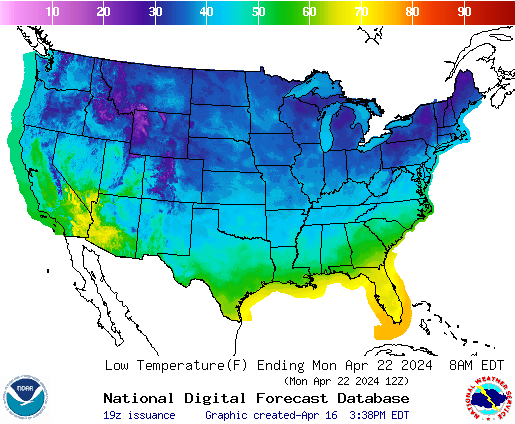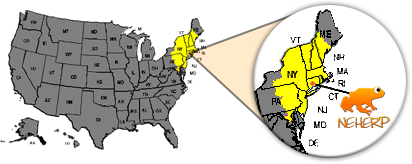Isopod Cultures
Isopods For Bioactive Terrarium clean up crews & more!
About Our Microfauna & Feeders
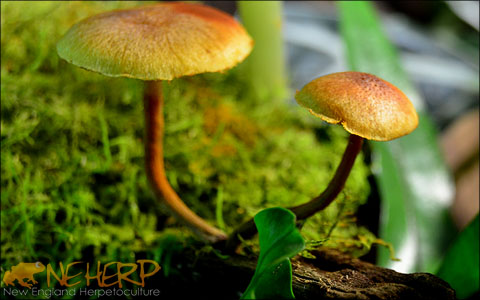
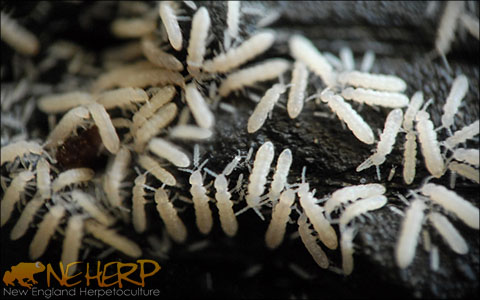
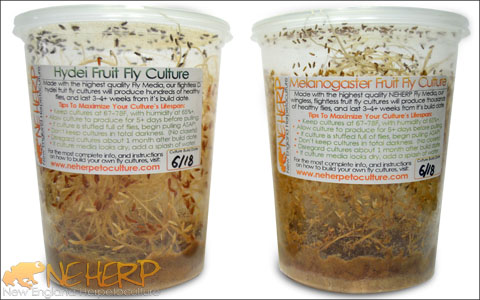
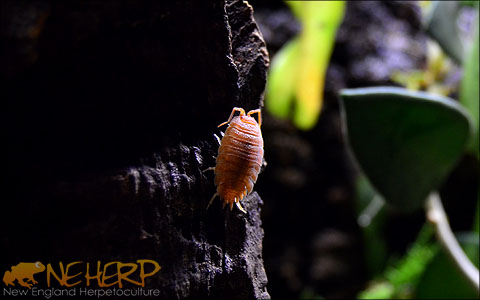
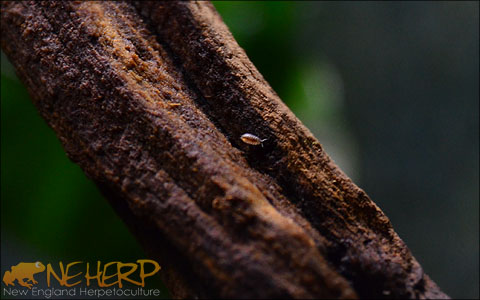



When it comes to microfauna & feeder cultures, our small company's goal has always been to offer the best bugs available anywhere. Ever since we began offering live microfauna back in 2009, we've done our best to earn & maintain our uncommonly positive reputation in this department. Our team has worked to develop unique production & quality assurance methods beyond what might be considered typical for the industry. Each member of the staff has been trained to prevent cross-contamination within our environmentally controlled microfauna room, in an effort to ensure our microfauna cultures remain clean, predictable, and reliable.
Page Contents:
Isopods: Armadillidium
Isopods: Dwarf Species
Isopods: Porcellio
✗ Hide This List
Live Isopod Cultures: Armadillidium Species
Our largest & most sought after species of Isopods
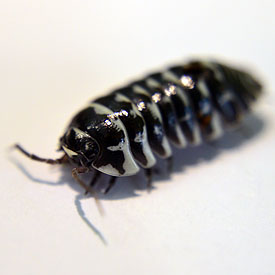
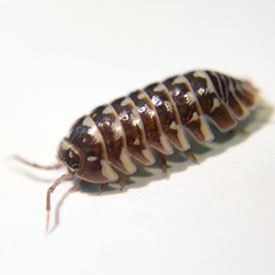
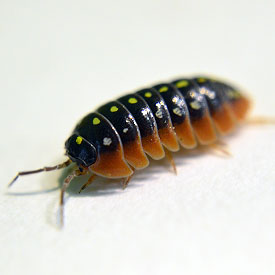
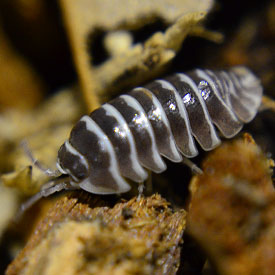
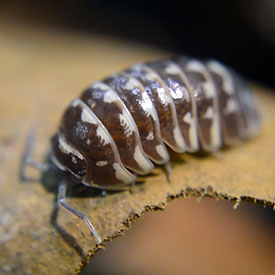
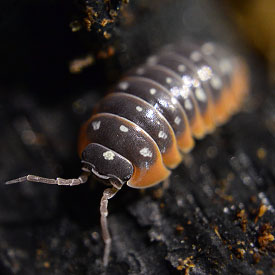









Live Isopod Cultures: Dwarf Species
Beneficial detritivore microfauna for live Vivariums & more
Beneficial microfauna for live vivariums
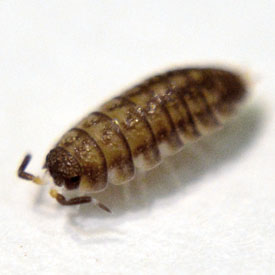
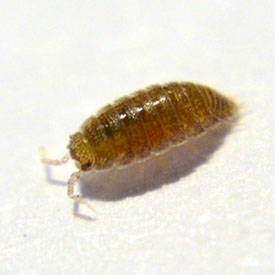

Nagurus cristatus
Isopoda Sp. 'Dwarf Purple'
Trichorhina tomentosa
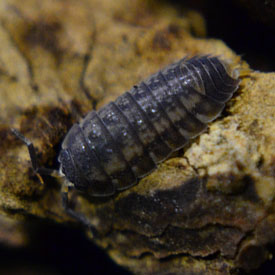
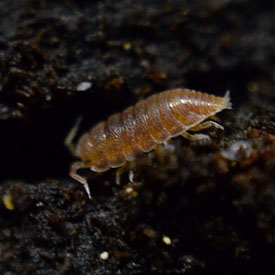

Nagurus cristatus
Isopoda Sp. 'Dwarf Purple'
Trichorhina tomentosa
 If you'll be using Isopods for a live vivarium & don't have a strong preference one way or the other, this will be your best bet since all three of these species perform the same task.
If you'll be using Isopods for a live vivarium & don't have a strong preference one way or the other, this will be your best bet since all three of these species perform the same task.










Live Isopod Cultures: Porcellio scaber
Beneficial detritivore microfauna for live Vivariums & more
Beneficial microfauna for live vivariums
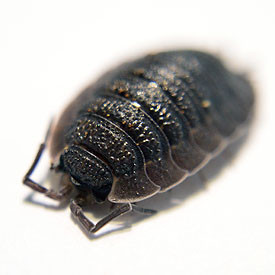
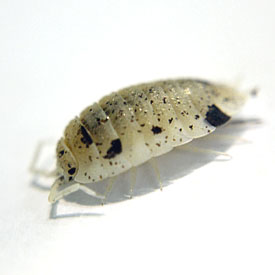
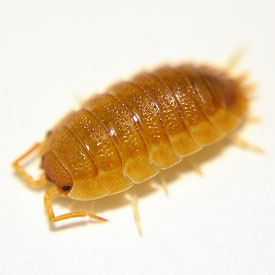
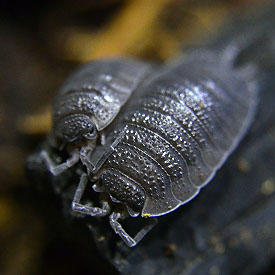
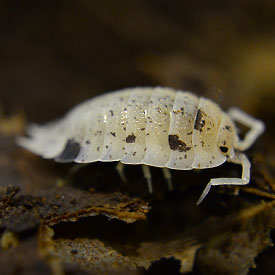
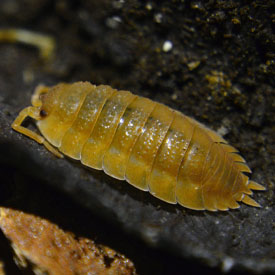
This is one seriously prolific little Isopod which has established populations on every continent except for Antarctica. Adults grow to around 3/4in long, making them significantly larger than the Dwarf varieties we work with. While there are a few Isopod enthusiasts keeping these as pets, we've found that the majority of our clients utilize Porcellio scaber as detritivores within live Vivariums & other enclosures which would benefit from their company. We consider this species an excellent choice for all temperate & tropical live vivariums (50-95% relative humidity) which house medium or large inhabitants. (Over 6-7in long) Colloquial names for this widespread species include "Rough Woodlouse", "Common Woodlouse", and "European Woodlouse". Porcellio species can't roll into a ball like their Armadillidium cousins. We keep these between 70-84F, and provide a slightly moist substrate at all times. It's especially important to provide a source of leaf litter when keeping this species, since hungry individuals can sometimes turn on live plants when their preferred food source runs short. If Porcellio scaber Isopods begin munching on plants in your enclosure while plenty of leaf litter is available (this is extremely uncommon), we recommend offering more nutrient rich foods (Repashy Bug Burger or Repashy Morning Wood). Continue reading...
All three of the varieties we work with (natural/wild type, 'Dalmation', and 'Spanish Orange') are different lines of the same species (P. scaber). For that reason, the care recommendations & behavioral analysis above applies to all three varieties. There are over 190 species of Porcellio, and we look forward to working with new types in the future.













